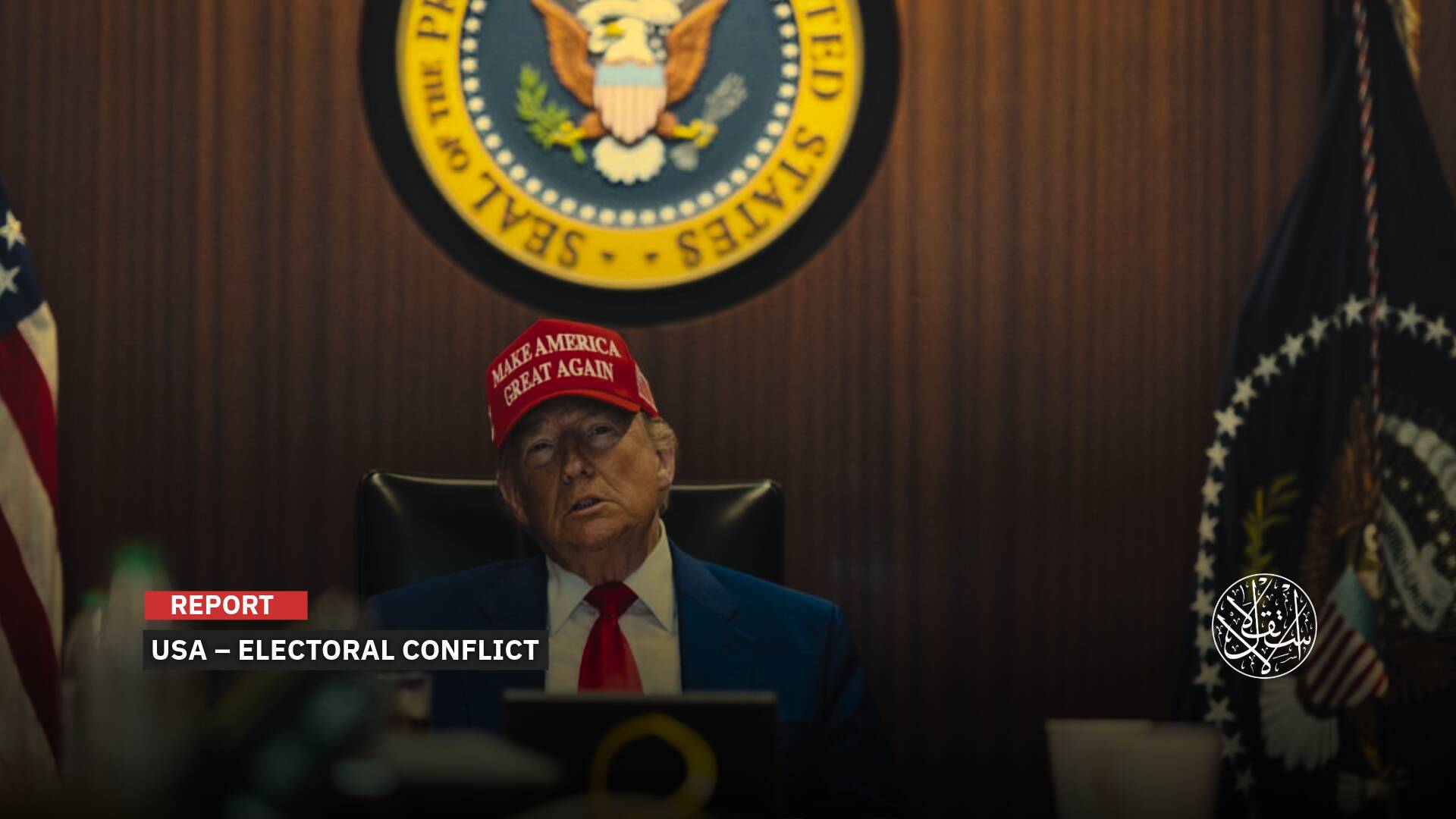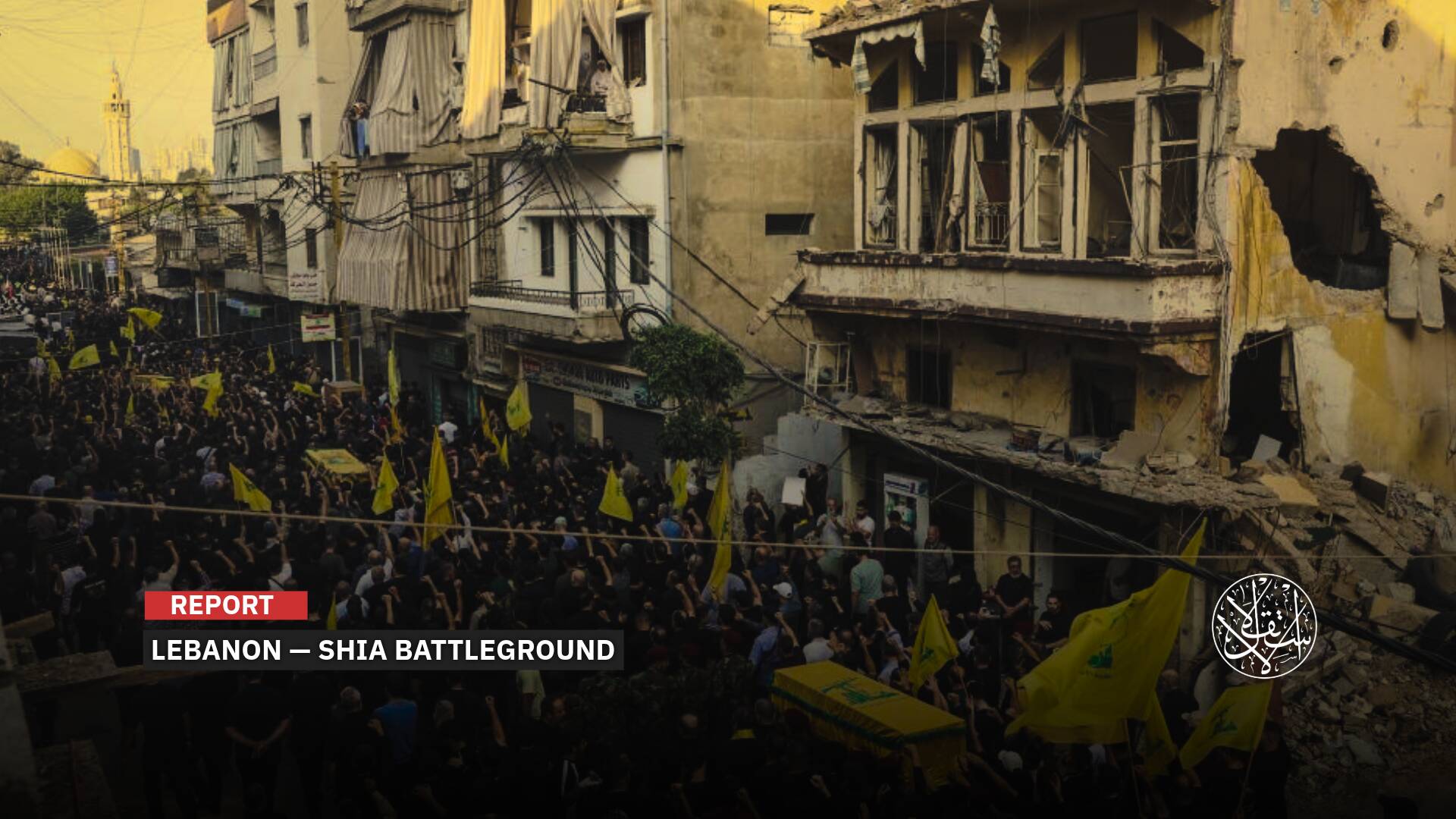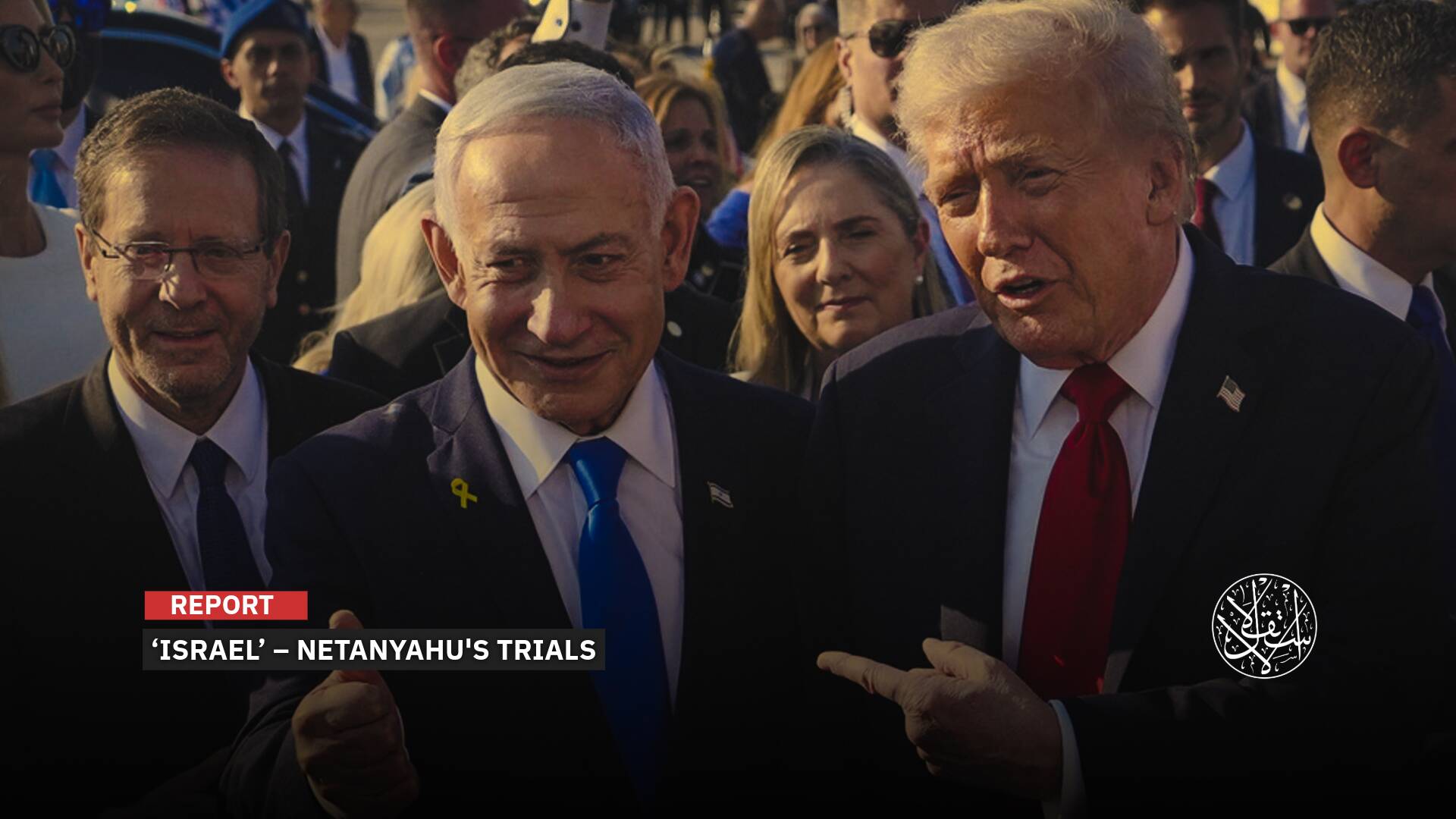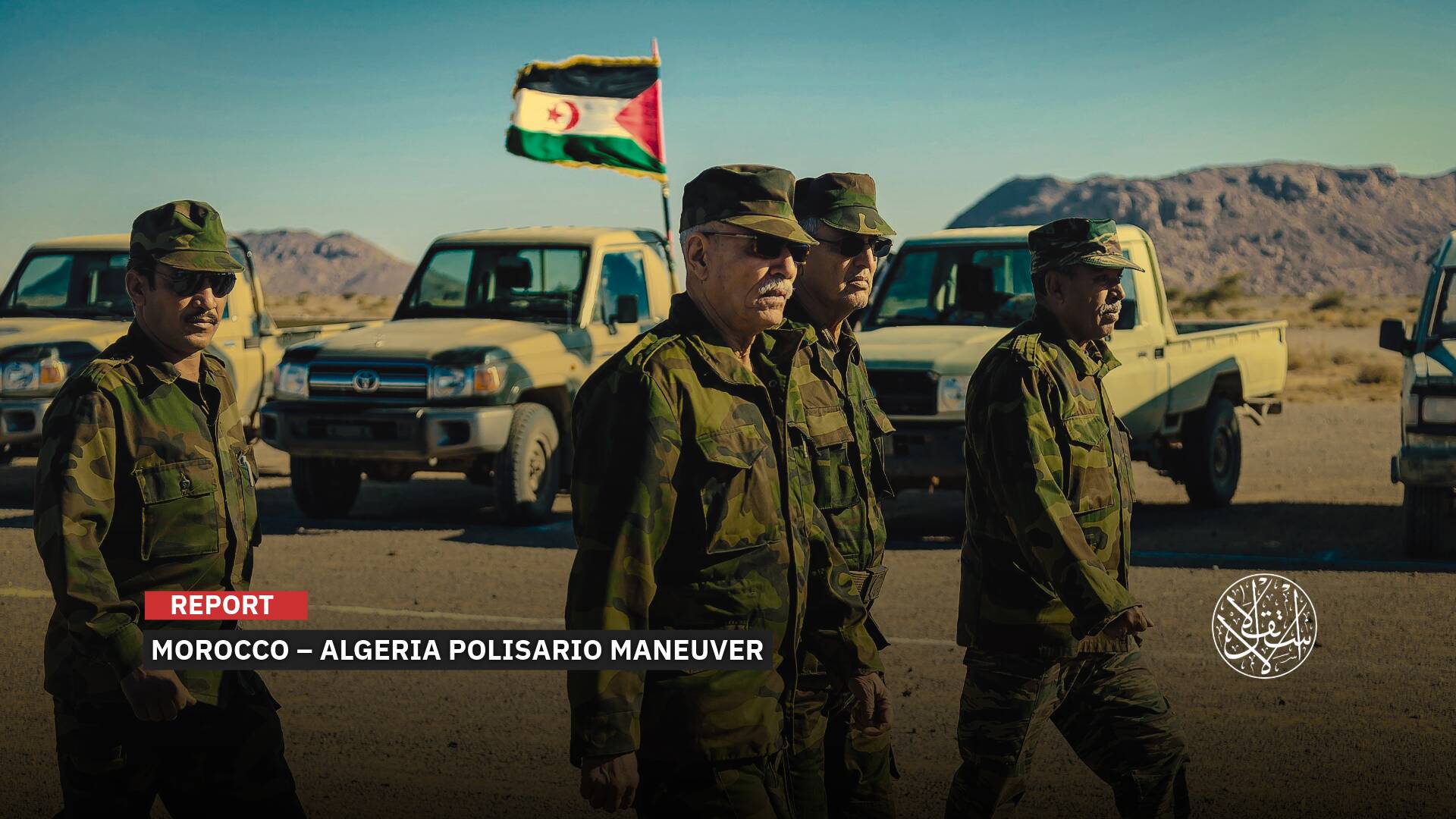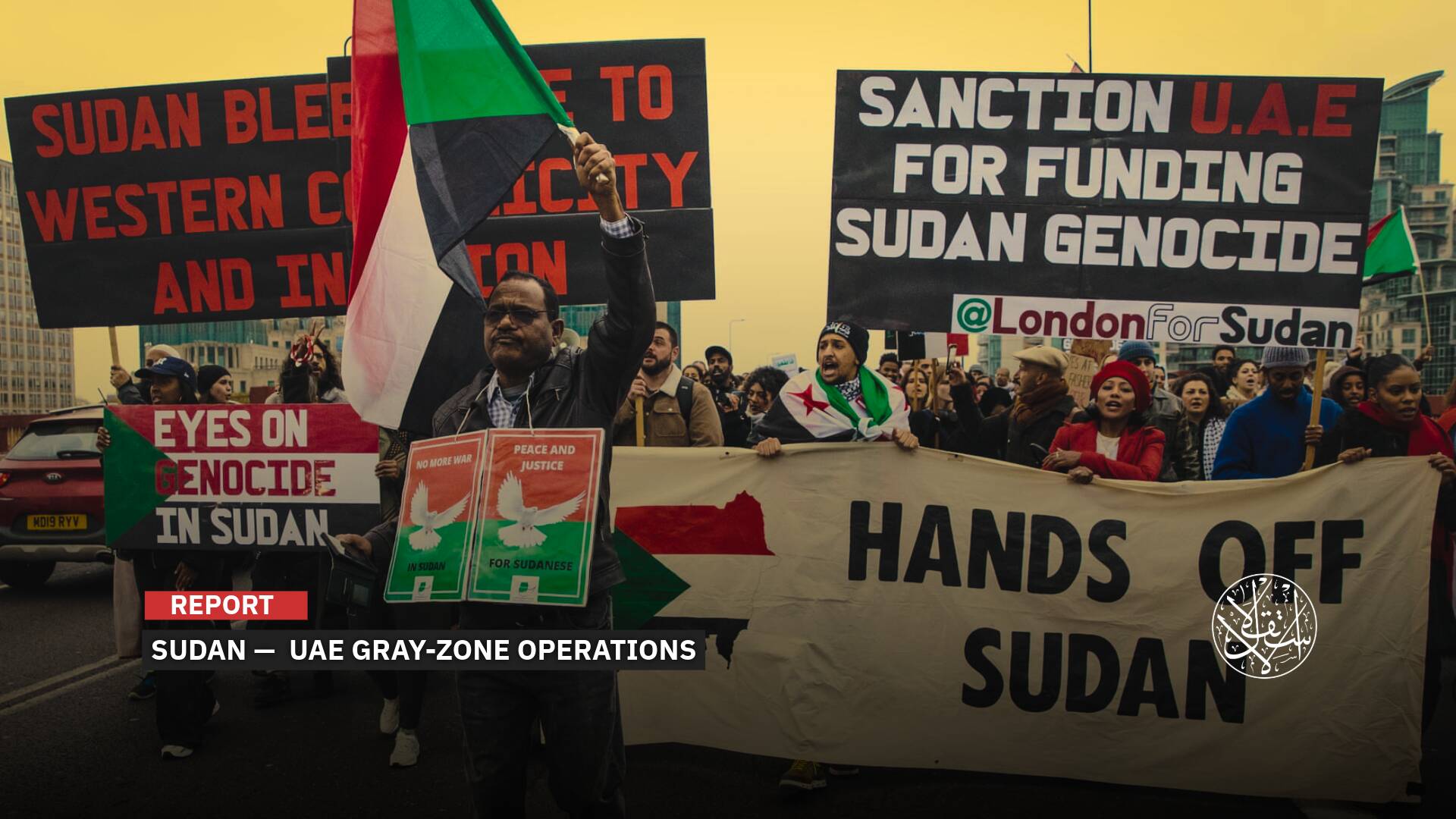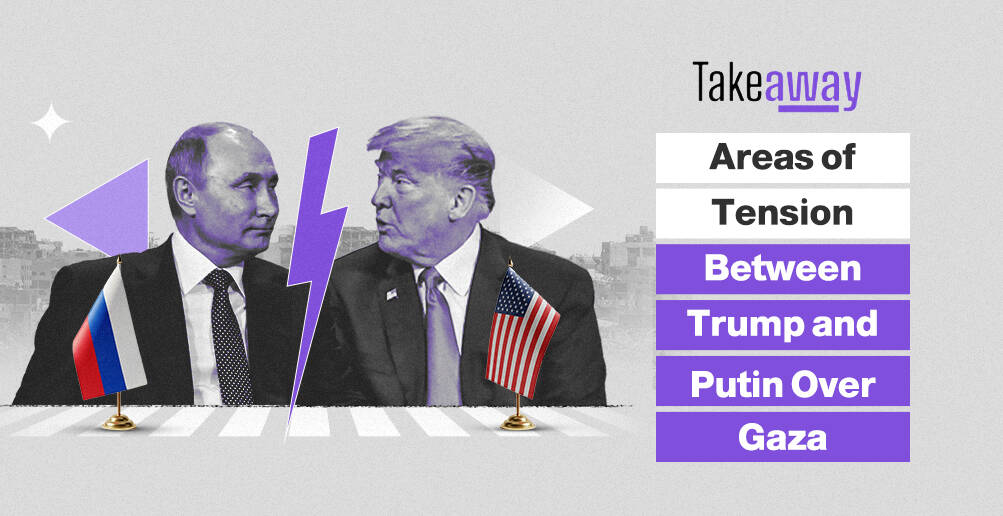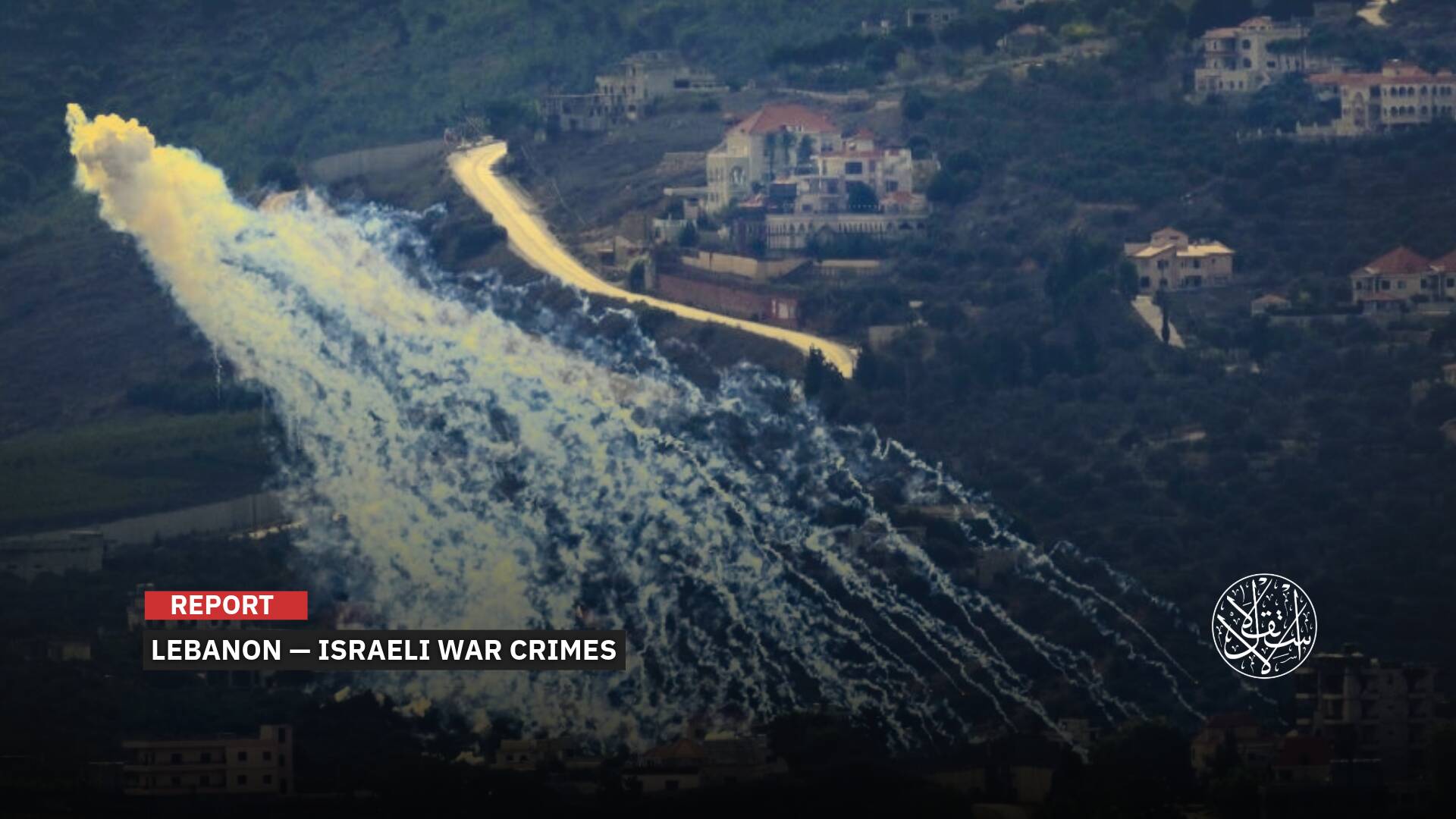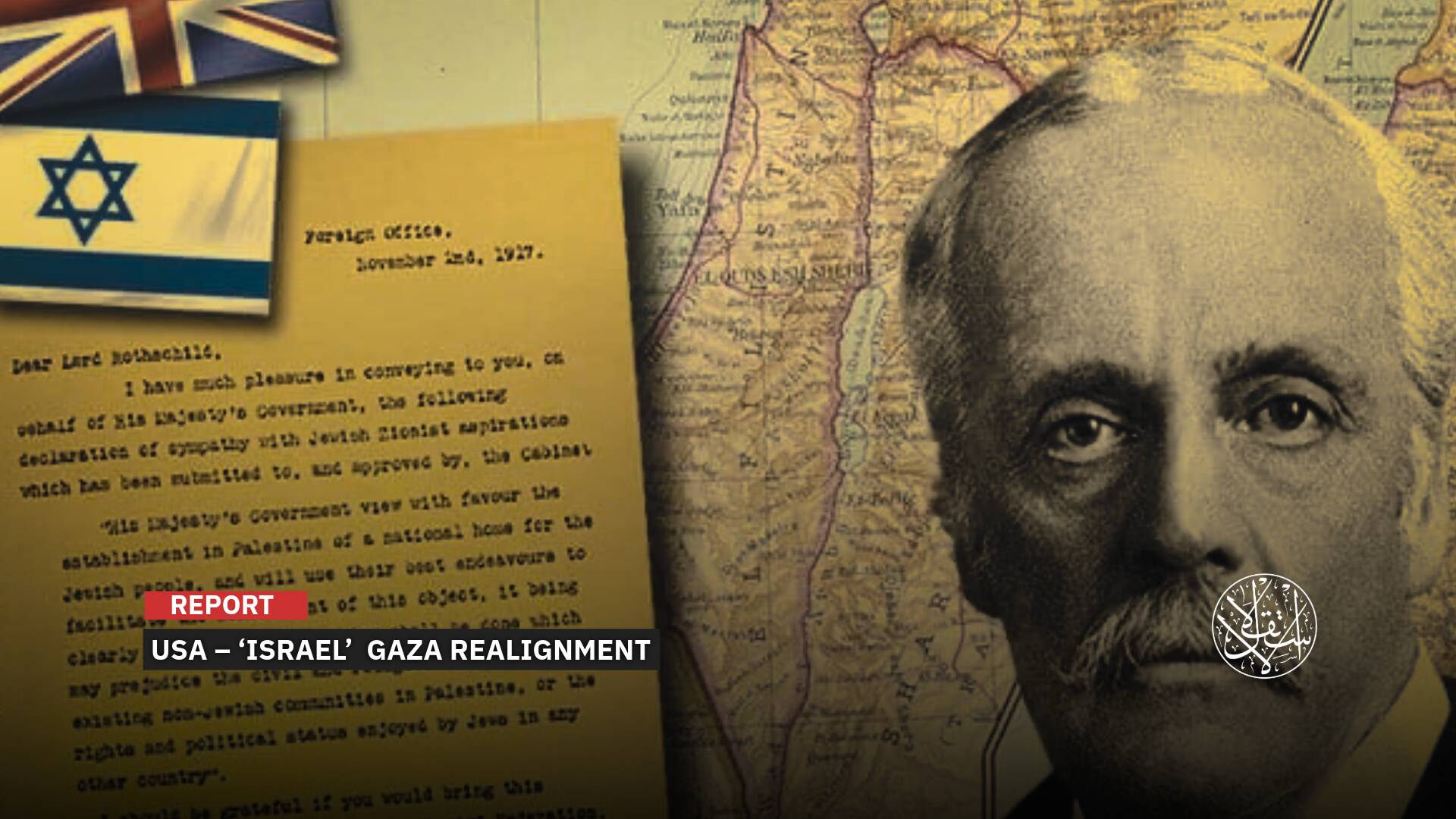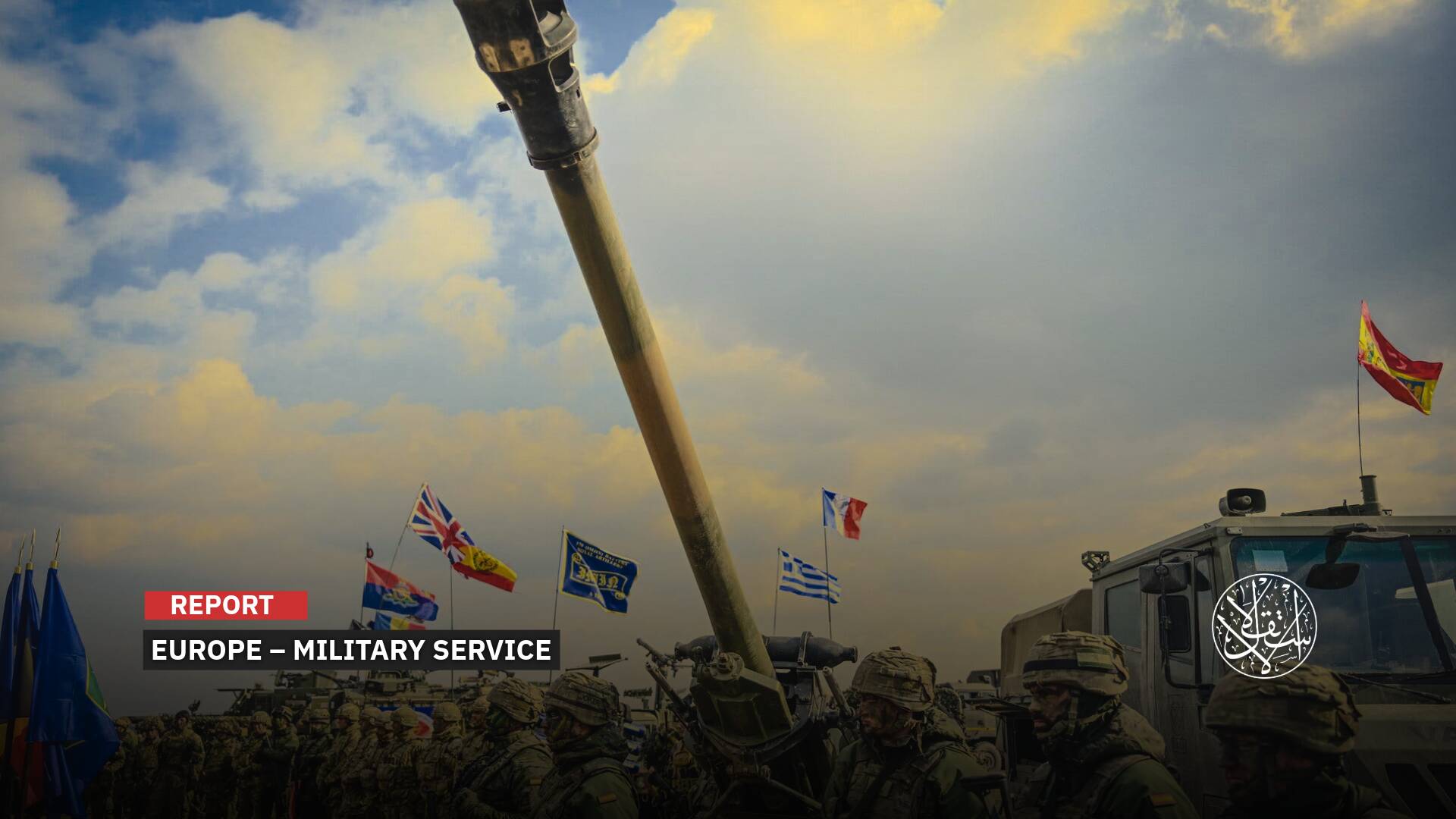How Assad Loyalists and Hezbollah Cells Collude to Undermine Syria’s Unity and Destabilize the Coast
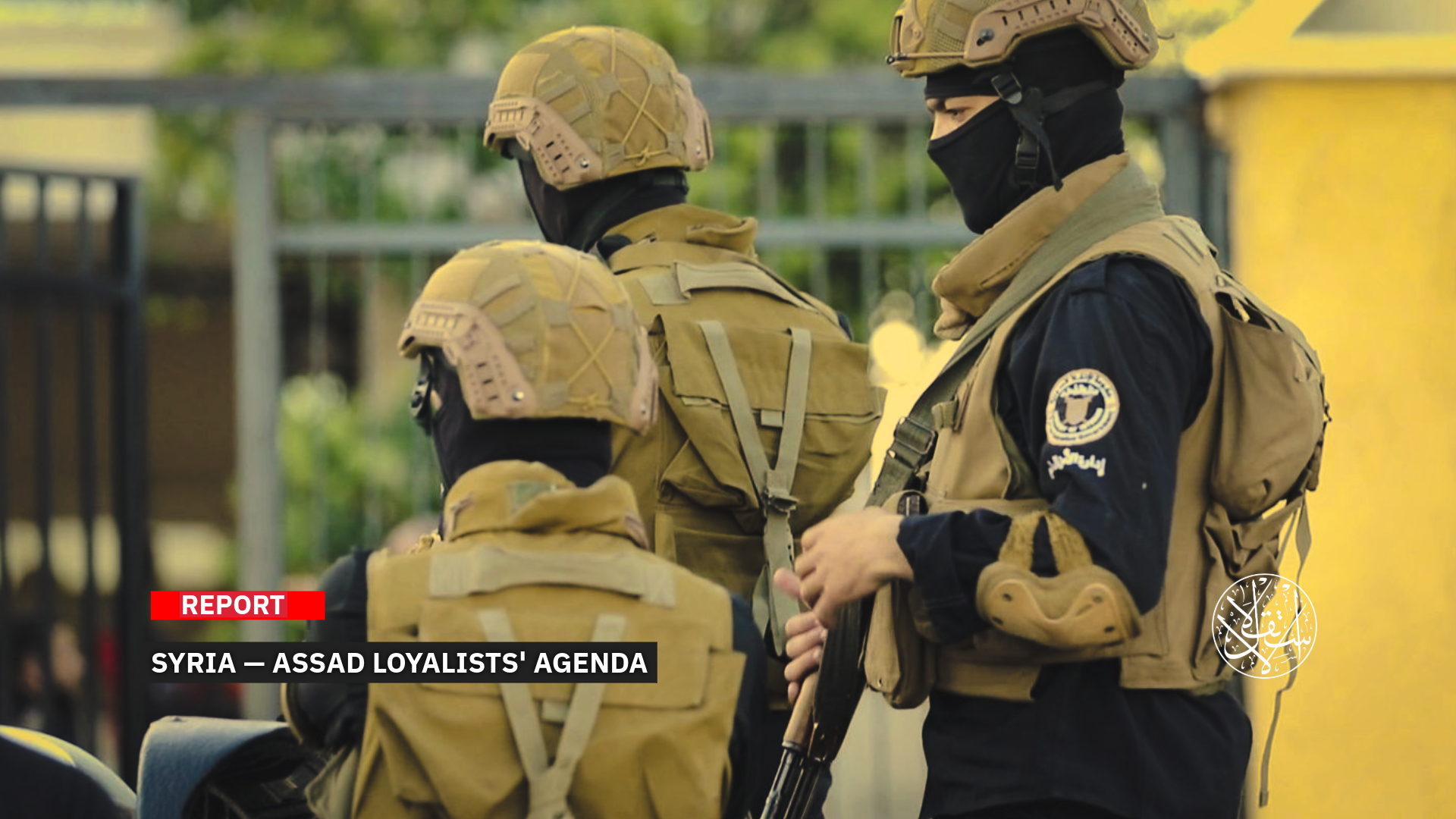
Their latest move may have been based on a flawed reading of the situation.
The Syrian coast, still a stronghold of officers and remnants of the former Assad regime, remains a breeding ground for organized networks working to undermine the new Syrian state’s efforts to restore stability.
In a significant move, Syrian internal security forces arrested figures linked to Assad loyalists who were plotting a new sabotage operation along the coast.
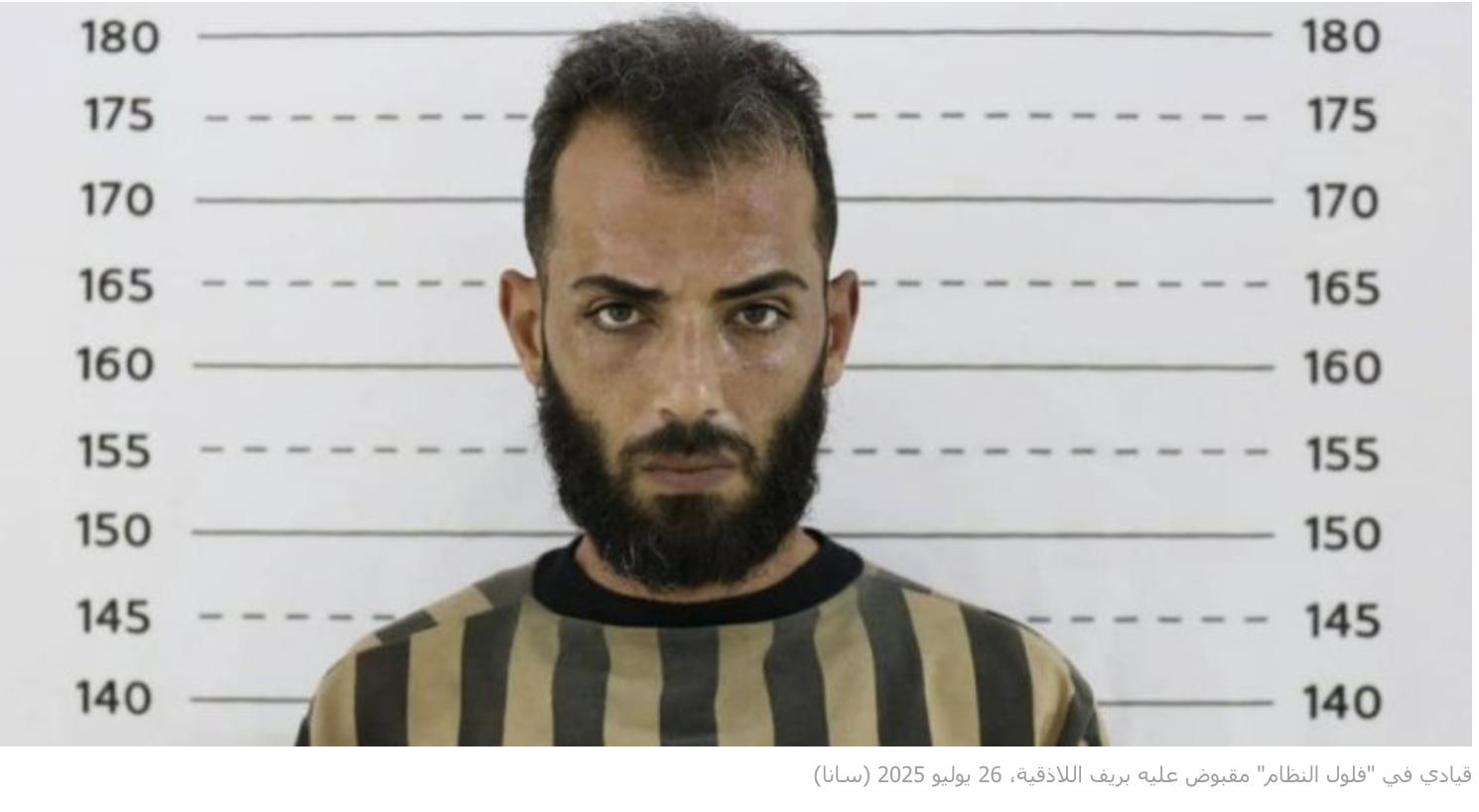
Assad Loyalists Fail
The Syrian Department of Internal Security in Latakia announced on July 27, 2025, that it had dealt a major blow to remnants of the former Assad regime, capturing the leader of the so-called “Coastal Operations Room” and dismantling a network linked to Maher al-Assad, brother of the ousted.
Brigadier General Abdulaziz Hilal al-Ahmad, head of internal security in Latakia, said the province witnessed a series of precise, high-level operations in recent days that successfully targeted active terrorist cells in the area. These actions, he explained, are part of ongoing, intensified efforts to eliminate remaining terror elements and cut off their sources of funding and support.
According to al-Ahmad, security forces apprehended a cell led by Maher Hussein Ali, who had been involved in previous attacks against internal security forces and was planning a new wave of assaults on military and security sites in Latakia.
Investigations revealed that the cell maintained direct coordination with Maher al-Assad and Waddah Suhail Ismail, commander of the so-called “Makzoun Brigade.” The network also received logistical support from Hezbollah and other militias. Al-Ahmad confirmed that the cell was operating under a structured sabotage plan aimed at destabilizing the region and undermining security along the Syrian coast.
Among those arrested was former Republican Guard Colonel Malek Ali Abu Saleh, who headed the “Coastal Operations Room,” which had overseen planning and coordination for attacks on military and security positions during the events of March 6, 2025. The investigation found that Abu Saleh was in direct contact with suspicious foreign entities and had received dubious logistical support to carry out sabotage operations that threatened regional stability.
In a separate operation, security forces arrested Waddah Suhail Ismail, identified as the mastermind behind “a series of terrorist attacks” in the Jableh area. These were reportedly carried out under the direct orders of General Suheil al-Hassan (nicknamed The Tiger), a former Russian-backed commander of the 25th Special Mission Forces Division, and Brigadier General Ghiath Dallah, a high-ranking officer in the Fourth Division previously led by Maher al-Assad.
Al-Ahmad noted that most of the operatives involved in these cells were former members of Assad’s security and military apparatus. Evidence links them to direct involvement in coordinated assaults against the Syrian army and internal security units during the March 6 unrest.
He added that the cells continued plotting and coordination until their arrest. Their plans included attacks on military outposts, checkpoints, and critical infrastructure, all aimed at shaking security in Latakia, long considered the Assad family’s stronghold.
The involvement of Suheil al-Hassan and Ghiath Dallah in these recent developments underscores, according to experts, that coastal Syria still faces serious security threats. The existence of an operations room tied to the former regime suggests a persistent effort to implement a disruptive agenda in the area.
Investigations also revealed foreign financial backing for Assad loyalists and confirmed Hezbollah’s role in supplying arms and logistics across the Lebanese border. This finding was documented in a report by a Syrian government fact-finding committee on July 22, 2025, regarding coastal region incidents.
On March 6, 2025, Assad loyalists attempted to isolate the coastal region and derail the country’s political transition. Officers, soldiers, and militia groups loyal to the deposed regime launched coordinated attacks on state security patrols in Tartus and Latakia, both located along the Mediterranean.
However, Syria’s Interior and Defense Ministries quickly suppressed the rebellion, killing or arresting dozens of regime loyalists and restoring order across both provinces in under 24 hours.
The committee documented 1,426 civilian and military deaths and reported 20 missing persons during the coastal clashes.
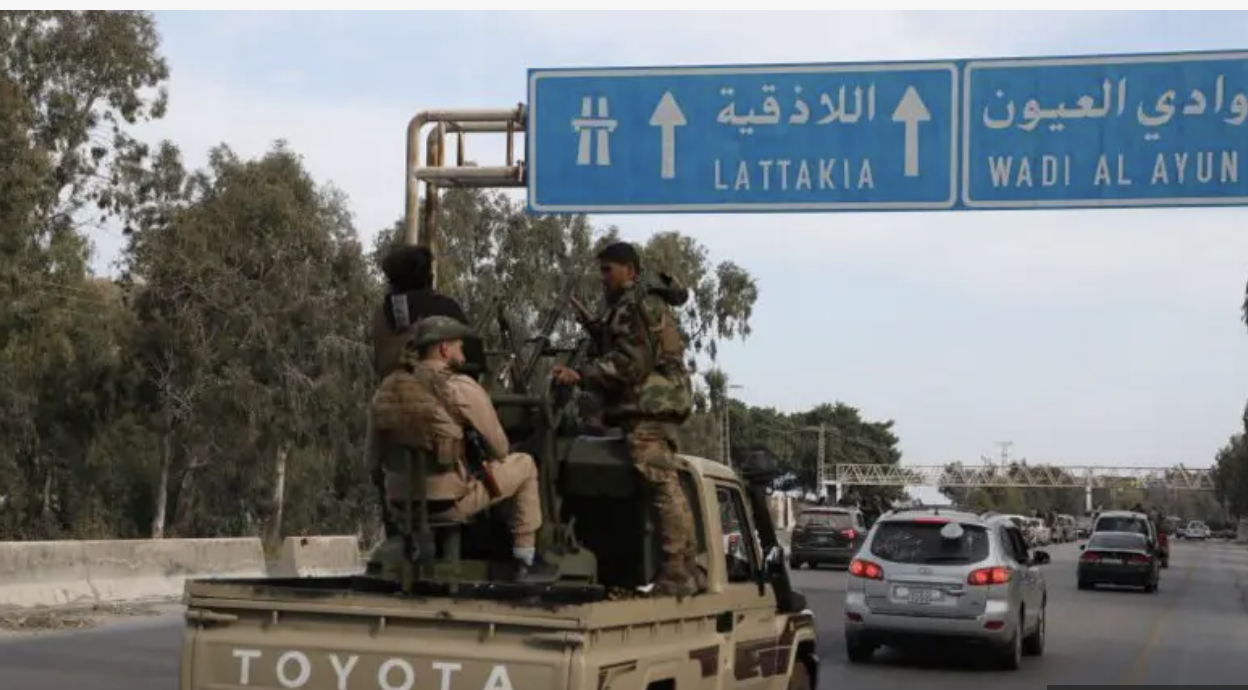
A Miscalculated Move
The head of the Rasd Center for Strategic Studies, Retired Brigadier General Abdullah al-Asaad, told Al-Estiklal that a large number of Assad regime officers, soldiers, and militia volunteers, who make up around 90 percent of the military and security apparatus, remain heavily based in Syria’s coastal region.
This concentration, he explained, has created a fragmented command structure, largely controlled by senior officers closely aligned with Bashar al-Assad and his brother Maher.
“These individuals have spent the past several months forming scattered cells that rely on ambush tactics to target the new army and internal security forces,” al-Asaad said.
“The arrest of regime loyalist leaders in Latakia should not be seen as a routine operation, but rather as a major strike against a core sabotage network that had been plotting to repeat the coastal unrest and ignite a new wave of instability through a calculated agenda.”
Al-Asaad argued that their latest move may have been based on a flawed reading of the situation. “These remnants likely assumed that the events in Sweida had weakened Syria’s military and security forces, and that the moment was ripe for a coastal offensive, especially with backing from Hezbollah and amid Israel’s push to divide Syria,” he added.
The retired brigadier general warned that the security threat is not fully resolved, citing the cell’s ties to Maher al-Assad, who serves as a key financial channel, in addition to ongoing support from Hezbollah, which is linked to the Iranian regime that has seen its influence in Syria wane.
“There are clear external actors supporting these remnants in their attempt to regain power, particularly from Iran,” al-Asaad said.
Hikmat al-Hijri, head of the Druze spiritual council in Sweida province, attempted to create a new reality by isolating the Druze-majority region from the central government in Damascus.
This effort became clear when, in a statement on July 16, 2025, al-Hijri called on Israeli Prime Minister Benjamin Netanyahu to “save Sweida,” a blatant appeal to an enemy occupying Syrian land.
Al-Hijri also rejected the extension of the new Syrian state’s authority over government and security institutions in Sweida, particularly after security forces moved into the province on July 13 to restore order following clashes between Bedouin tribes and local Druze factions.
“Israel” responded swiftly to al-Hijri’s calls. On July 16, 2025, the Israeli Occupation army launched a major assault on Syria, targeting more than 160 locations across four provinces: Sweida, neighboring Daraa, and both the Damascus countryside and the capital itself, where the General Staff headquarters and the presidential palace perimeter were bombed.
Brigadier General Ahmad al-Dalati, head of internal security in Sweida, confirmed that over 200 personnel from the Ministries of Defense and Interior were killed by Israeli airstrikes on the first day of clashes. More than 400 others were injured.
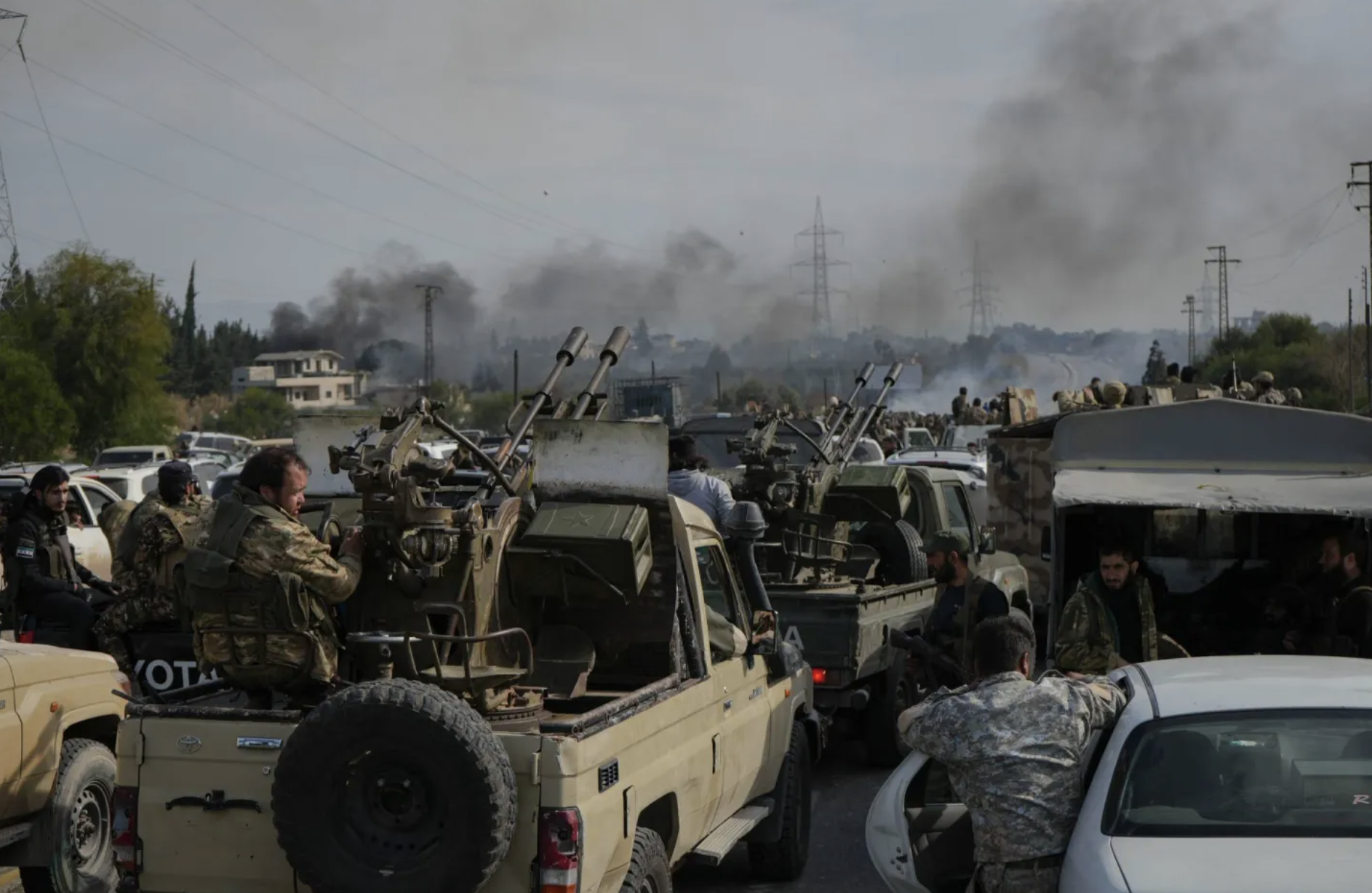
The Hidden Role
Observers say that the resurgence of Assad loyalists in Syria’s coastal region, which borders Lebanon, is closely linked to direct support from Hezbollah. This backing, they argue, plays a key role in enabling any plans aimed at destabilizing the area.
Analysts believe Hezbollah’s covert involvement is crucial in facilitating the transfer of weapons and personnel, and even in securing safe withdrawal routes for these groups.
Lebanese political analyst Nabil al-Halabi noted that after the fall of the Assad regime, many of its remnants fled to areas like Akkar, Jabal Mohsen, and Baalbek-Hermel in Lebanon, territories where Hezbollah provides a supportive environment. These strongholds, he said, lie outside the control of the Lebanese state.
“In Lebanon, Hezbollah still holds the upper hand in matters of security. This allows Assad loyalist cells to operate freely in border regions under Hezbollah’s control, crossing into and out of Syria without oversight,” al-Halabi stated during a televised interview.
“Those who didn’t flee to Russia found refuge in Lebanon. Hezbollah funds their operations and supplies them with weapons. It’s no surprise that they are infiltrating Syrian territory to carry out acts of sabotage.”
Al-Halabi also pointed to concerns among some Lebanese army officers about a concrete camp Hezbollah is reportedly constructing near the border with Homs. The facility is said to house Syrian fighters from the Shiite community who are being trained and armed by the group.
He stressed the importance of strong ties between the Syrian and Lebanese governments in order to confront those wanted for war crimes and crimes against humanity in Syria. He urged both states to address this issue urgently to prevent further attacks like those seen in the coastal region.
“There is a split within Lebanon regarding the country’s role as a potential platform for destabilizing operations in Syria,” Halabi warned.
Despite increased security measures by the Syrian government, the situation in the coastal region remains fragile, as efforts continue to dismantle networks linked to the former Assad regime.
On May 28, 2025, the European Union issued a report warning of persistent threats to Syria’s stability and transitional process, citing concerns over entrenched networks tied to Bashar al-Assad and his extended family. According to the report, these networks remain active inside Syria and abroad.
The EU expressed alarm at what it described as attempts by Assad loyalists to derail the country’s transition, noting that the March 2025 coastal events were sparked by elements of the former regime.
The Supreme Alawite Islamic Council in Syria and the Diaspora has rejected the revelations of the coastal fact-finding commission. The council urged the international community to pressure the Syrian government over its response.
In a video statement delivered on July 25, 2025, the council’s chairman, Sheikh Ghazal Ghazal, condemned what he described as Syria’s “terrorist system” that pits citizens against each other. He accused the authorities of following a distorted religious doctrine that has no connection to Islam, one that glorifies bloodshed, manipulates facts, and justifies violence under the guise of righteousness.
In February 2025, a group of Alawites in Syria and abroad announced the formation of the Supreme Alawite Islamic Council. According to its founding statement, the council consists of two main bodies: a religious council led by Sheikh Ghazal Ghazal and comprising 130 clerics from across Syria, focusing on religious issues and safeguarding the Alawite community’s spiritual identity.
Sources
- “Syrian Interior” Ministry Arrests Air Force Major General Involved in War Crimes
- Syrian Authorities Bust Armed Cells Loyal to Maher al-Assad in Latakia
- Syria arrests 'war criminal' over abuses against civilians during revolution against Assad regime
- Internal Security Arrests Leader of 'Coastal Operations Room' and Uncovers Network Linked to Maher al-Assad [Arabic]
- Deputy Interior Minister: Foreign Parties Are Fueling Remnants of the Former Regime [Arabic]
- European Union: Assad’s Networks and Loyalists Threaten Syria’s Stability [Arabic]
- The Supreme Alawite Islamic Council in Syria and the Diaspora Rejects Coastal Fact-Finding Committee [Arabic]



